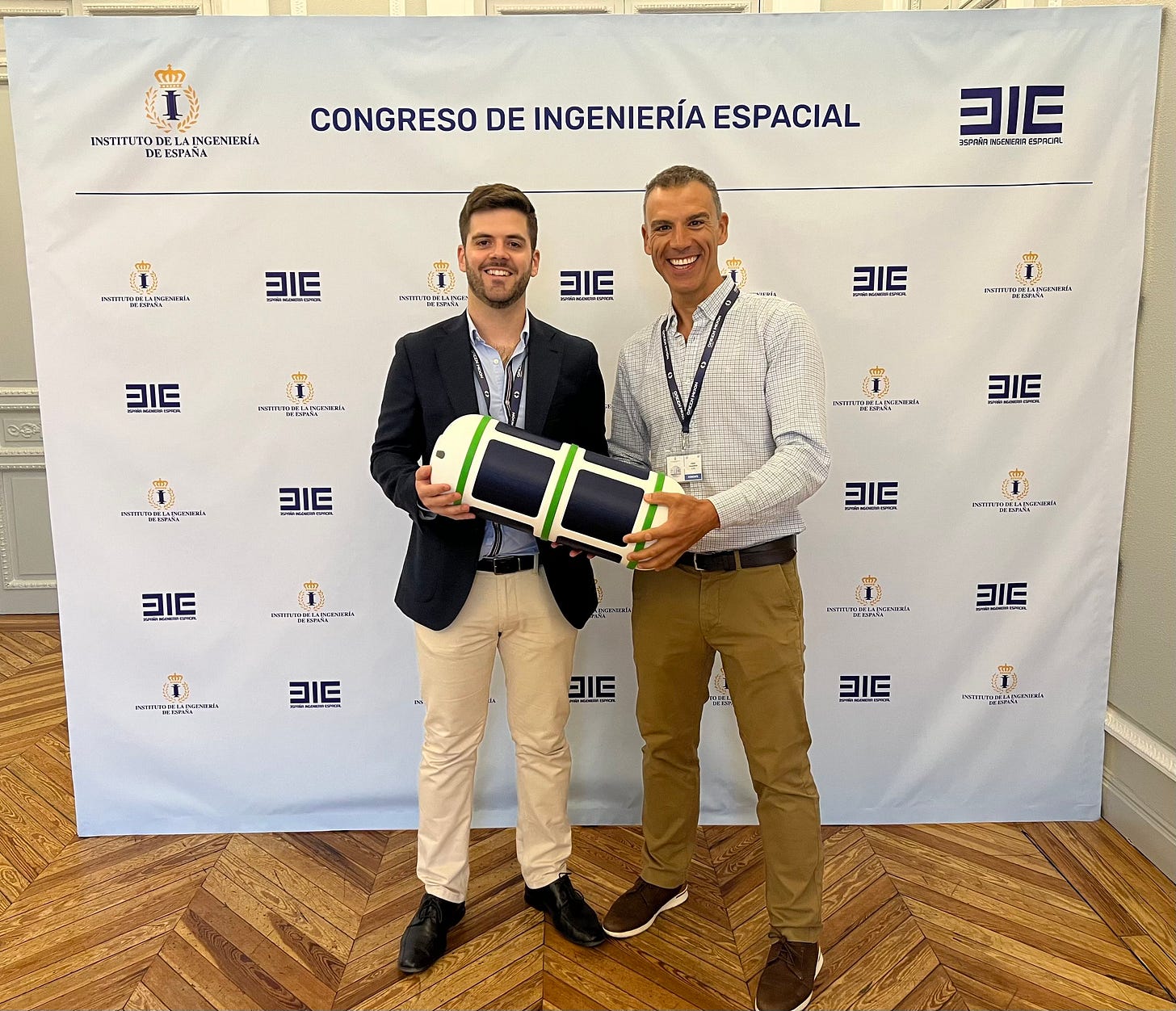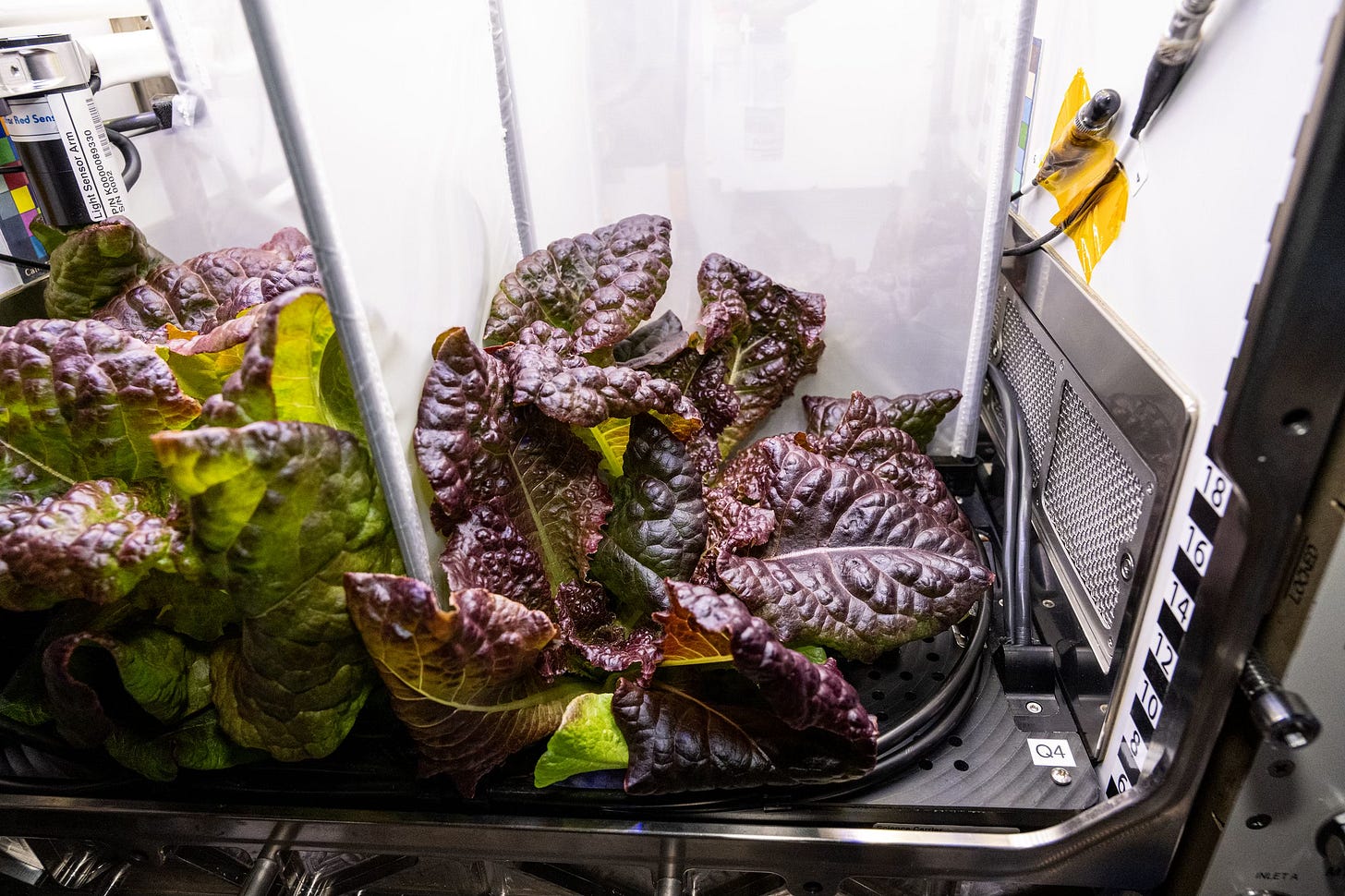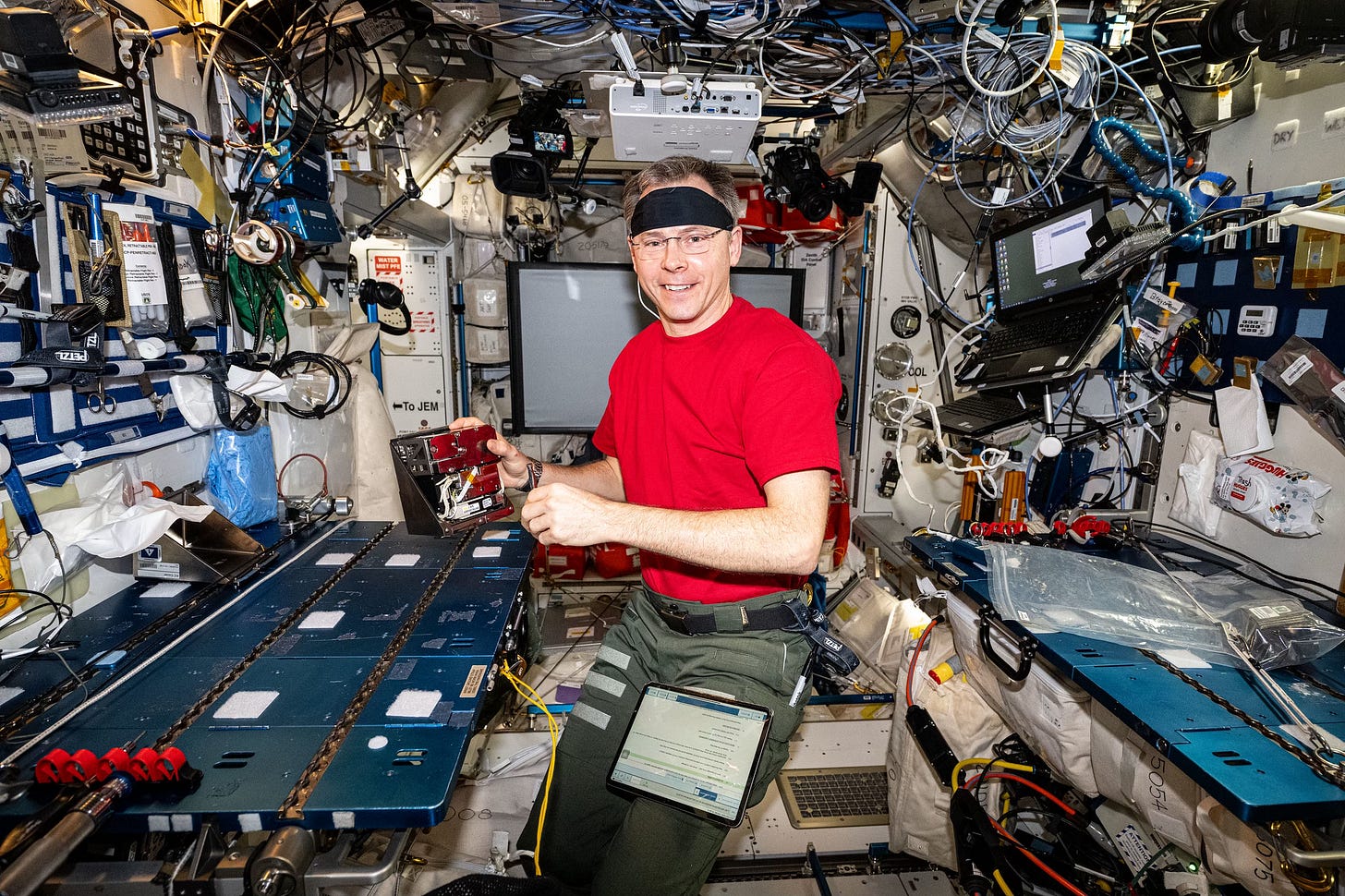Gardeners of the Galaxy Mission Report: 28 January 2025
Your weekly round-up of astrobotany news and adventure. This week we've got Spanish plants headed for space, a launch date for Bion-M No.2 and my new astrobotany website!
Hello, Gardeners of the Galaxy! Welcome to this week's Mission Report.

There’s a lot of media coverage of the Green Moon project at the moment, but most of it is in Spanish and I haven’t had time to read it thoroughly. Founded in 2016 by three students from Málaga, the Green Moon project is a Spanish multidisciplinary research initiative that explores the feasibility of cultivating plants beyond Earth.
Their current key areas of research include:
Developing a plant growth chamber capable of withstanding lunar conditions.
Identifying plant species suitable for space agriculture.
Investigating techniques and fertilisers for growing plants with Martian/lunar regolith simulants based on volcanic soil from the Canary Islands, such as Lanzarote or La Palma.
Understanding the impact of the space/lunar/Martian environment on plant growth.
The latest news is that the team will be sending a payload into space with Orbital Paradigm at the end of 2026. Seeds will travel inside a pressurised capsule specifically designed for experimentation in weightlessness and cargo recovery after the mission.
During about 14 days in orbit, the experiment will explore the growth of plants in a lunar regolith simulant.
Read more: Malaga engineer's experiment to grow plants on the moon to be tested in space for first time, El sueño de la agricultura espacial comienza a entrar en órbita
In other news...

Four students who sent an astrobotany-related experiment into space with NASA’s SSEP program found interesting results when it returned to Earth. The experiment set out to see if soil bacteria can biodegrade compostable plastic in a microgravity environment faster than on Earth, with an eye to turning space food waste into plant nutrients. The students packed samples of a compostable bag into test tubes with soil, sending one to the ISS and keeping on Earth for a control sample. Afterwards, they noticed a difference in the soil - the space sample was damp and clumpy, while the Earth sample was dry and crumbly. However, the rate of decomposition didn’t change in microgravity, indicating that composting in space would be similar to composting on Earth.
Read more: UGDSB students' experiment returns from space
Russia is planning on launching the Bion-M No.2 satellite on 25 March 2025. It’s due to carry rare seeds from Samara University in its payload.

Blue Origin’s next New Shepard flight, NS-29, will simulate the Moon’s gravity, with 30 payloads experiencing at least two minutes of lunar gravity forces. The New Shepard crew capsule is using its Reaction Control System (RCS) to spin up to approximately 11 revolutions per minute. This spin rate simulates one-sixth Earth gravity at the midpoint of the crew capsule lockers.
Read more: New Shepard’s 29th Mission Will Fly 30 Payloads, Mimic the Moon’s Gravity
Sierra Space is working on a device designed to produce oxygen in Moon-like conditions.
Read more: How to make oxygen on the moon
A German aerospace engineer has celebrated setting a world record for the longest time living under water without depressurisation – 120 days in a submerged capsule off the coast of Panama.
Read more: 120 days: German man sets world record for living under water
Are you enjoying the Mission Report? Buy me a coffee to say thanks!
The mycorrhizae that live among and in plant roots can boost the health of certain species, and even whole ecosystems — but scientists warn against a one-size-fits-all approach.
Read more: Why scientists are enlisting fungi to save endangered plants
In the shadow of Iceland’s largest geothermal power station, a large warehouse houses a hi-tech indoor farm. Under a strange pink-purple glow, illuminated panels buzz and cylindrical columns of water bubble away as a futuristic crop of microalgae grows.
Read more: Inside Iceland's futuristic farm growing algae for food
Early in 2022, skydiver Luigi Cani donned a crisp white skydiving suit and jumped from a plane with a giant box containing millions of seeds. He was on a mission to revive the patches of Amazon rainforest left barren by human activities. He succeeded.
The show notes for Gardeners of the Galaxy podcast episodes, together with my astrobotany articles and blog posts, have moved to a dedicated website - spacebotany.uk. We’re still working out the kinks, so if you find something amiss (or missing) then let me know!
I'll be back in your inboxes next week. Thanks for reading and being part of the Gardeners of the Galaxy community.
Ex solo ad astra,
Emma (Space Gardener)





